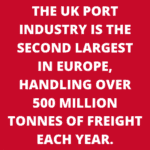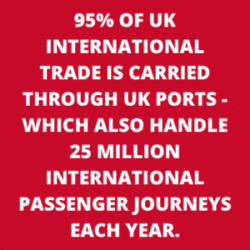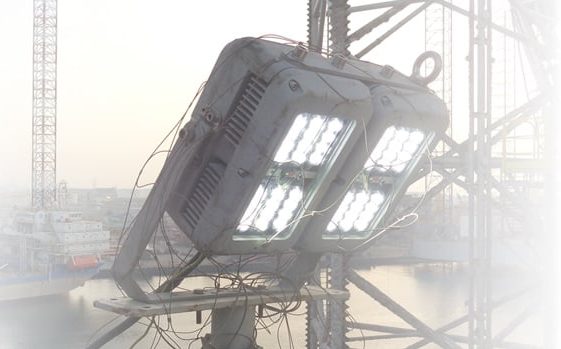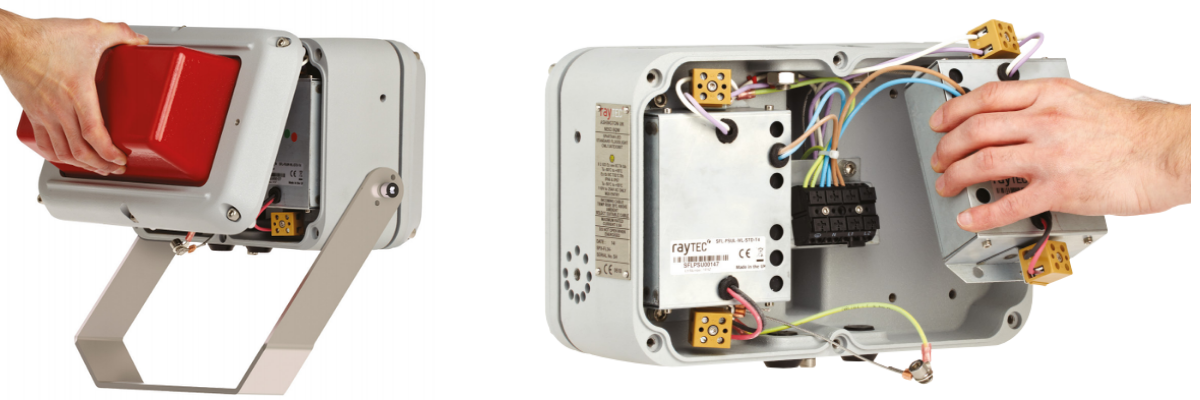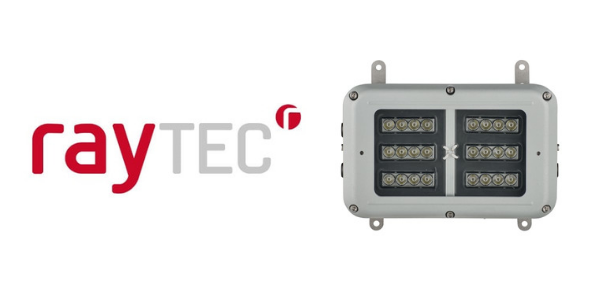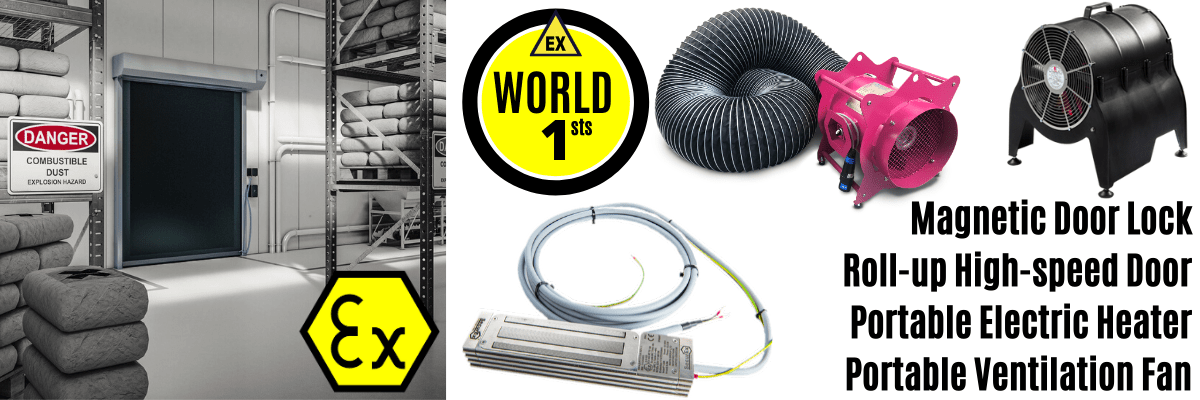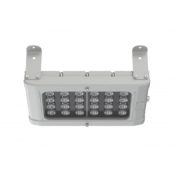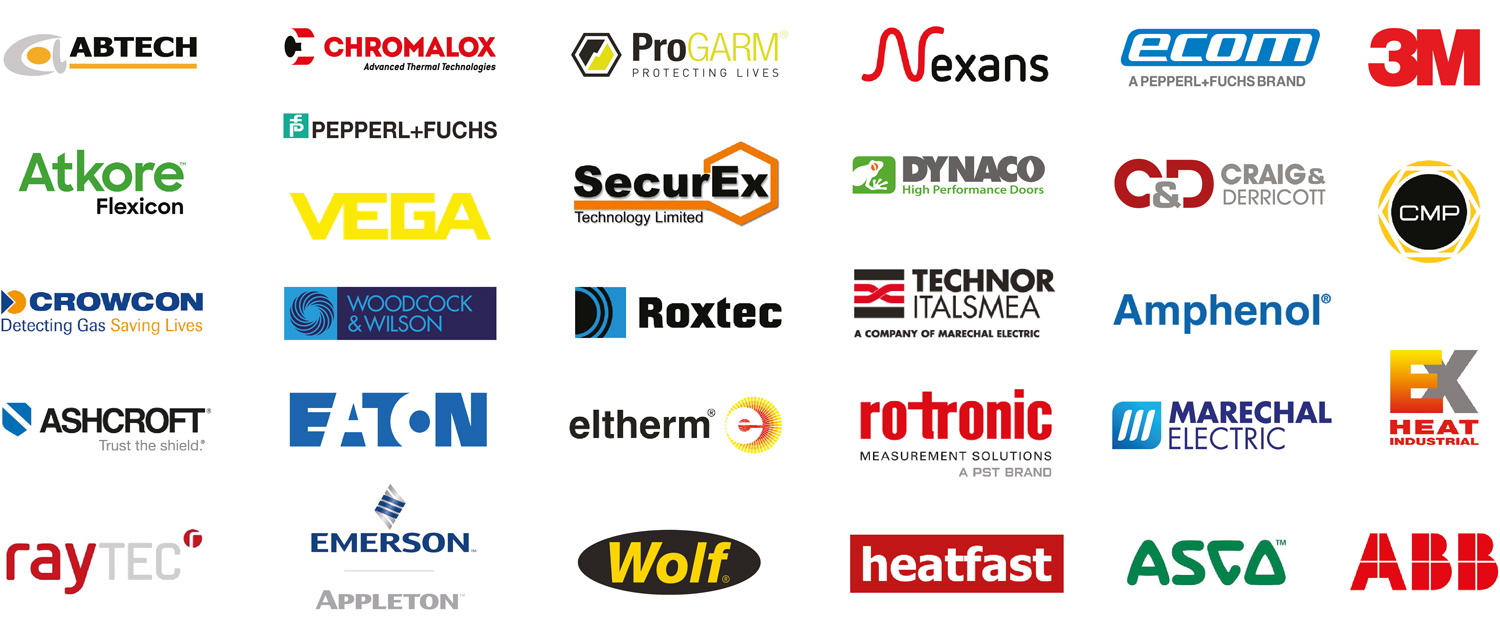Hazardous Area Lighting | Ports & Terminals EX Lighting Focus
Published 27 Apr 2020

Hazardous Area Lighting – Raytec
Hazardous Area Lighting
Raytec are world leaders in LED lighting for hazardous area environments – the Raytec SPARTAN range of hazardous area lighting is globally certified Ex LED lighting, approved for all ATEX and IEC Ex Zone 1 and Zone 2 hazardous area environments, including UL /CSA C1D2 installations.
In this EX Lighting Focus we look at Ex lighting requirements for ports and terminals and identify some of the key features to consider when specifying luminaries for these environments with hazardous area locations and potentially explosive atmospheres.
Hazardous Area EX Lighting
For Ports And Terminals
Ports and terminals are being used to handle and store increasing levels of crude oil, LNG and bulk grains, all of which increase the requirement for hazardous area lighting to be used on-site. The nature of port applications, and their coastal location, provides a challenging environment when specifying lighting.
In this Blog we look at:
- Some of the typical areas within ports and terminals where Ex lighting is required.
- How to overcome some of the challenges.
- Key things to consider when specifying lighting in these applications.
A light capable of withstanding the conditions of a challenging environment is essential.
This is because it will commonly be exposed to marine conditions, often similar to an offshore application.
Furthermore, major ports that act as a hub for imports and exports will likely have a significant amount of hazardous substances (such as oil and gas products, but also bulk grains which carry an explosion risk) passing through on a daily basis, or being held in storage facilities on-site. Port owners must therefore ensure the site is compliant by having the necessary equipment on-site to safely handle and store these substances; this is where hazardous area lighting becomes so important.
Hazardous Area Lighting – Requirement Areas
Docking Areas
Docking areas are where tankers or cargo ships will discharge. Discharging of explosive substances, such as crude oil or LNG (Liquefied Natural Gas), means that using explosion protected equipment on and around the docks is critical. With operations happening 24 hours a day, safe and effective lighting solutions are vitally important.
Storage Facilities
Tank farms or storage warehouses are a major part of modern ports. This is where commodities such as bulk grain will be held until they can be distributed elsewhere. With the storage of oil and gas products, major ports are now often linked directly to refineries via pipelines, requiring significant infrastructure for storage and distribution at the port itself.
It is extremely important that Ex certified lighting (hazardous area lighting) is installed in these types of application to maintain flexibility, functionality and safety on-site.
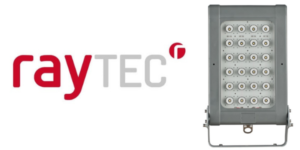
Lighting For Ports
Choosing EX LED Lighting
The benefits of LED over conventional lighting technology are well documented but are especially relevant for port applications.
Lighting Lifetime & Maintenance
Capable of 100,000+ operating hours, without the need for re-lamping, LED offers significantly longer lifespan and reduced maintenance in comparison to conventional lighting. For busy ports operating 24 hours a day, where access to light fixtures on docks and storage facilities can be challenging, this is a major benefit.
Light Pollution
Like many industries, ports and terminals are under increasing pressure to reduce light pollution to help protect the nights sky and reduce the impact on local wildlife. The directional nature of LEDs can help significantly with this problem, ensuring light is only directed where needed.
Light Quality
With typically higher colour temperatures, and improved colour rendering compared to conventional lighting, the installation of LED luminaires can help to have a significant impact on working conditions within the port, and ultimately improve overall efficiencies.
Energy Costs
Reducing energy costs is a constant challenge for the ports sector. Installing LED luminaires in areas such as grain stores is extremely beneficial for the end user. With conventional lighting, users tend to leave the lights switched on permanently. This is as a result of the warmup time that the luminaire needs to restart. With LEDs, there is an instant light output when required, so the luminaries can be turned off when not being used. Not only does this reduce energy costs, it prolongs the life of the luminaire.
Easy Maintenance
LED technology can help to significantly reduce maintenance costs for ports and terminals, but the way an LED light has been designed can also have a large impact on how easy maintenance is to carry out, and how long the port will be left without light should a problem arise.
Ensuring Easy Access
Choosing an LED luminaire with a removable PSU (Power Supply Unit) can help to make access for maintenance much easier
Luminaire’s such as the SPARTAN High-Power Flood & High-Power Bay, allow the PSU to be removed from the main body of the luminaire, so all wiring and serviceable parts can be positioned in easy-to-access locations. Ultimately this means maintenance can be done quicker, and at a lower cost.
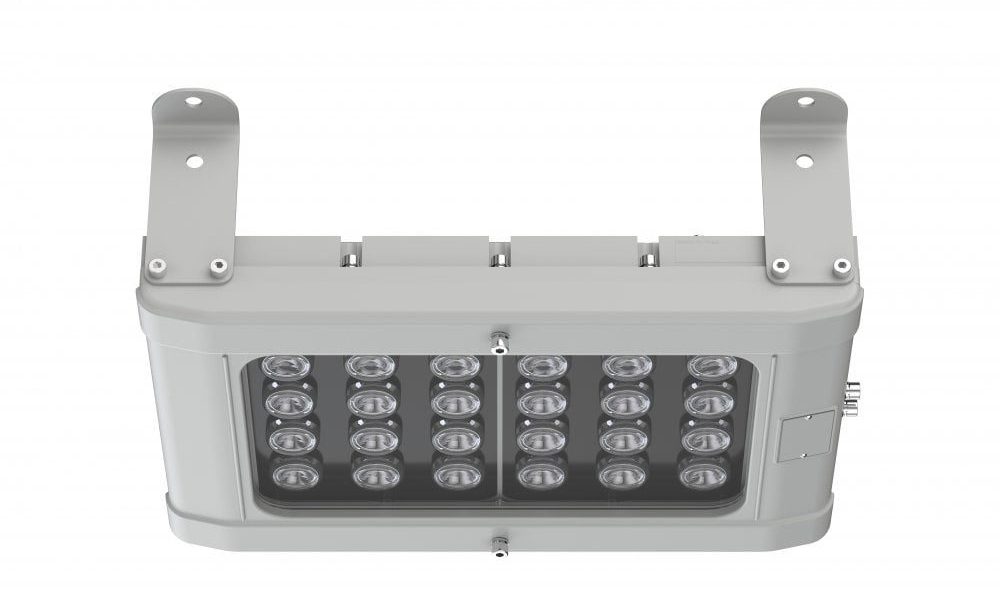
SPARTAN High Bay | Floodlight Zone 1 – with high lumen output of up to 10,000 delivered lumens. SPARTAN floodlights are globally certified for all Zone 1, Zone 2 and Industrial lighting applications
Reducing Lighting Downtime
With ports operating 24 hours a day, light failure can have significant impact on a day-to-day activity. The faster light can be restored, the less disruption is caused. The way Ex lighting has been designed can have a significant impact on the length of downtime if a problem does occur.
Modular hazardous area lighting, like SPARTAN, are designed to make maintenance easier and faster to carry out. Interchangeable key components can be replaced independently, allowing maintenance to be carried out on-site and light to be restored within minutes. In contrast, some Ex LED luminaires are ‘sealed for life’, meaning any failures cannot be rectified by onsite engineers (doing so would invalidate the certification). Therefore, the light must be returned to the manufacturer, costing the port time and money.
The Correct Hazardous Area Lighting Is Crucial For Work At Ports And TerminalsEmergency Lighting
Ports and terminals are high-risk environments and rely on the use of emergency lighting to ensure the safety of everybody on-site, should a power failure occur.
Duration & Output of Lighting
It’s important to check the emergency duration of lighting to ensure it provides back-up illumination for a sufficient length of time, but you should also consider the percentage light output of the luminaire in emergency mode. It is common for output to drop significantly when switching to emergency mode.
Most SPARTAN emergency luminaires provide 25% light output for 3 hours as standard, but if required can run at up to 100% light output for shorter durations. This provides the ultimate performance and flexibility for emergency lighting in hazardous areas.
Prior to installation, it’s recommended to complete a lighting design scheme based on both normal and emergency conditions. This will ensure sufficient light levels are being achieved and the correct number of luminaire’s have been specified.
Automated Testing
Modern emergency luminaires, such as SPARTAN Intelligent Emergency, are helping to make emergency systems more reliable. Designed to ensure optimum battery performance, they provide a self-testing function which automatically cycles the battery to ensure its health and to measure its capacity.
Ex Lighting
Lighting to Withstand Extreme Environments
Ports and terminals often represent an unforgiving environment for the lighting installed on-site. The conditions in some areas of a port will be very similar to what would be expected in offshore applications, and lighting must be specified accordingly. There are three major environmental issues that companies face when installing hardware for a port application;
Corrosion – exposure to sea spray and salty air means a greater risk of corrosion. The risk is greater in locations like docking areas, where exposure to sea spray is greater, but all areas around ports provide a higher risk of corrosion than inland applications. The hardware installed must therefore be specified to withstand these conditions. Our Raytec SPARTAN range is designed for offshore use in-mind; made with marine grade aluminium, stainless steel fixings and ABS-approved to marine standards.
Extreme Weather – with high wind and rain levels, extreme weather conditions at ports is a regular occurrence. A luminaire with a high IP rating is essential to prevent water ingress which could damage internal components. While the majority of hazardous area fittings will be rated to at least IP65, we would recommend specifying to IP66 or IP67 for port applications.
Sun – depending on where the port is located, prolonged exposure to ultraviolet rays (UV) can cause issues with luminaires with a GRP housing (glass reinforced plastic). Over time the GRP can degrade and become brittle, which could invalidate the light’s hazardous area certification, rendering it useless.
HAzardous Area Lighting Considerations
Dust-Only Certification
Protecting against dust is a key factor for any area of a port where bulk grain is being handled or stored. If the only explosion risk in these areas comes from dust, i.e. grain, a smart specification can save costs by specifying an Ex luminaire certified for protection against dust only (unlike most lights which are certified for gas and dust).
A number of SPARTAN Ex products are available as a dedicated Zone 21 variant for exactly these kinds of applications, providing a cost-effective solution in areas where there is no explosion risk from gas, only dust.
Hazardous Area Lighting Design
Lighting design should be considered an essential part of specifying lighting for port applications. With larger ports utilising thousands of operators, achieving the correct light levels on-site will improve safety and operational efficiency. For specifiers, going through the design process will also ensure confidence in the final solution, meaning there are no surprises when it comes to the actual installation.
Thorne & Derrick’s hazardous area lighting design service is completely free of charge, providing you with a visual 3D representation of the final lighting solution, with detailed lux levels and a true indication of lighting performance. Our lighting design experts will guide you through the entire process, ensuring the optimum solution is achieved.


EXPERTS IN EQUIPMENT FOR EXPLOSIVE ATMOSPHERES
leaders in ATEX Innovation To The Hazardous Area Industries
Thorne & Derrick are leaders in the development and distribution of Product Innovations that deliver significant improvements to clients plant, people and operational safety in the explosive atmosphere industries.
Your proactive problem solvers experienced in succession planning for the replacement of obsolete, non-conformant and legacy equipment in hazardous areas.
Your first-choice provider of innovative and competitive solutions to ensure ATEX & IECEx Compliance for Hazardous Area Electrical, HVAC & Process Instrumentation Equipment to UK and international projects.
Control Panels | Plugs | Isolators | Enclosures & Junction Boxes | Lighting | Control Stations | Motor Starters | Heat Trace | Gas Detection | Flame Detection | Process Instrumentation | Process Heating | Ventilation Fans | Security Access Control

Competitive Prices | Extensive Stocks | Technical Support | Express Delivery
Further Reading
-
 Raytec SPARTAN Hazardous Area Lighting Catalogue
Size: 1.39 MB
Raytec SPARTAN Hazardous Area Lighting Catalogue
Size: 1.39 MB

